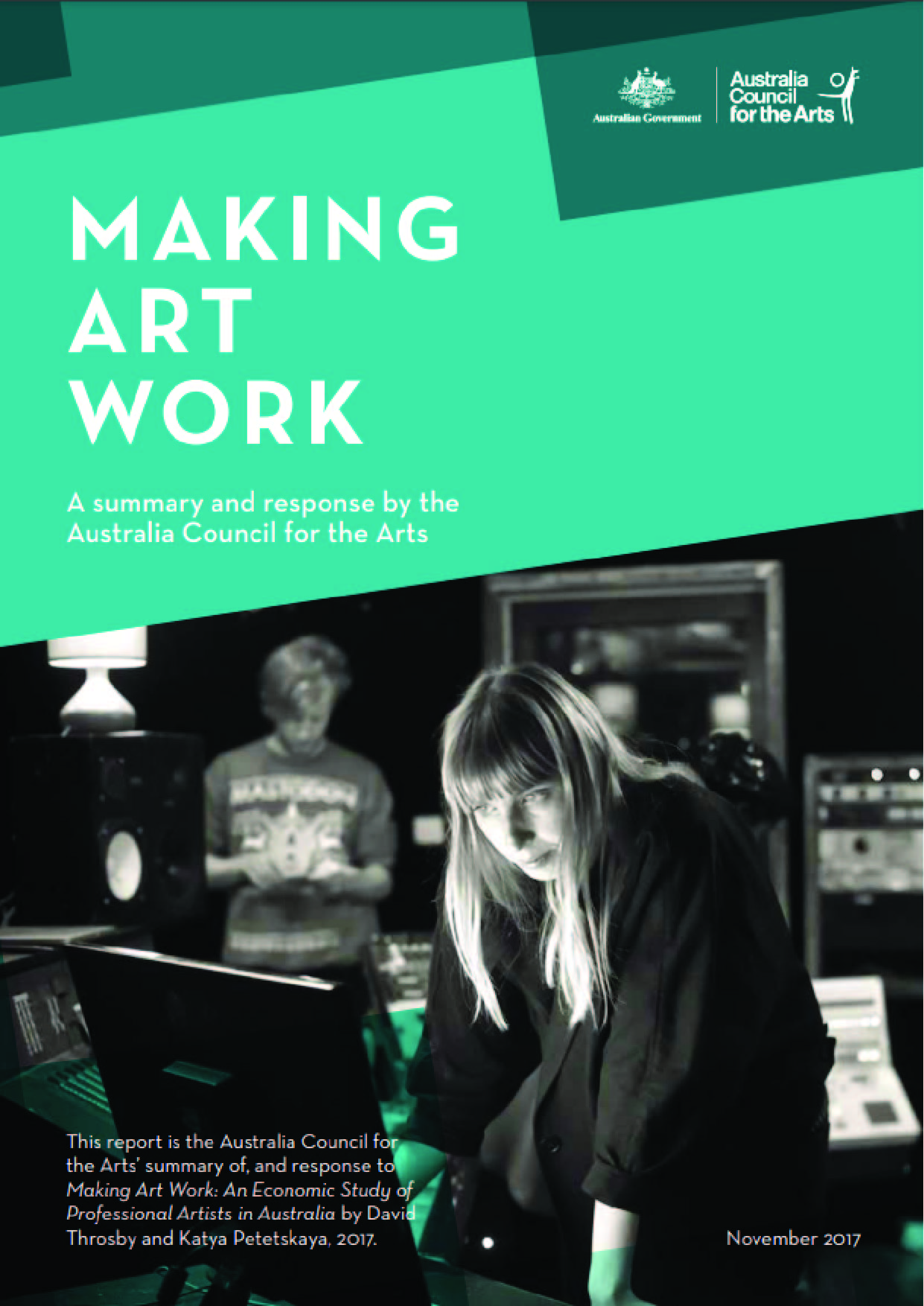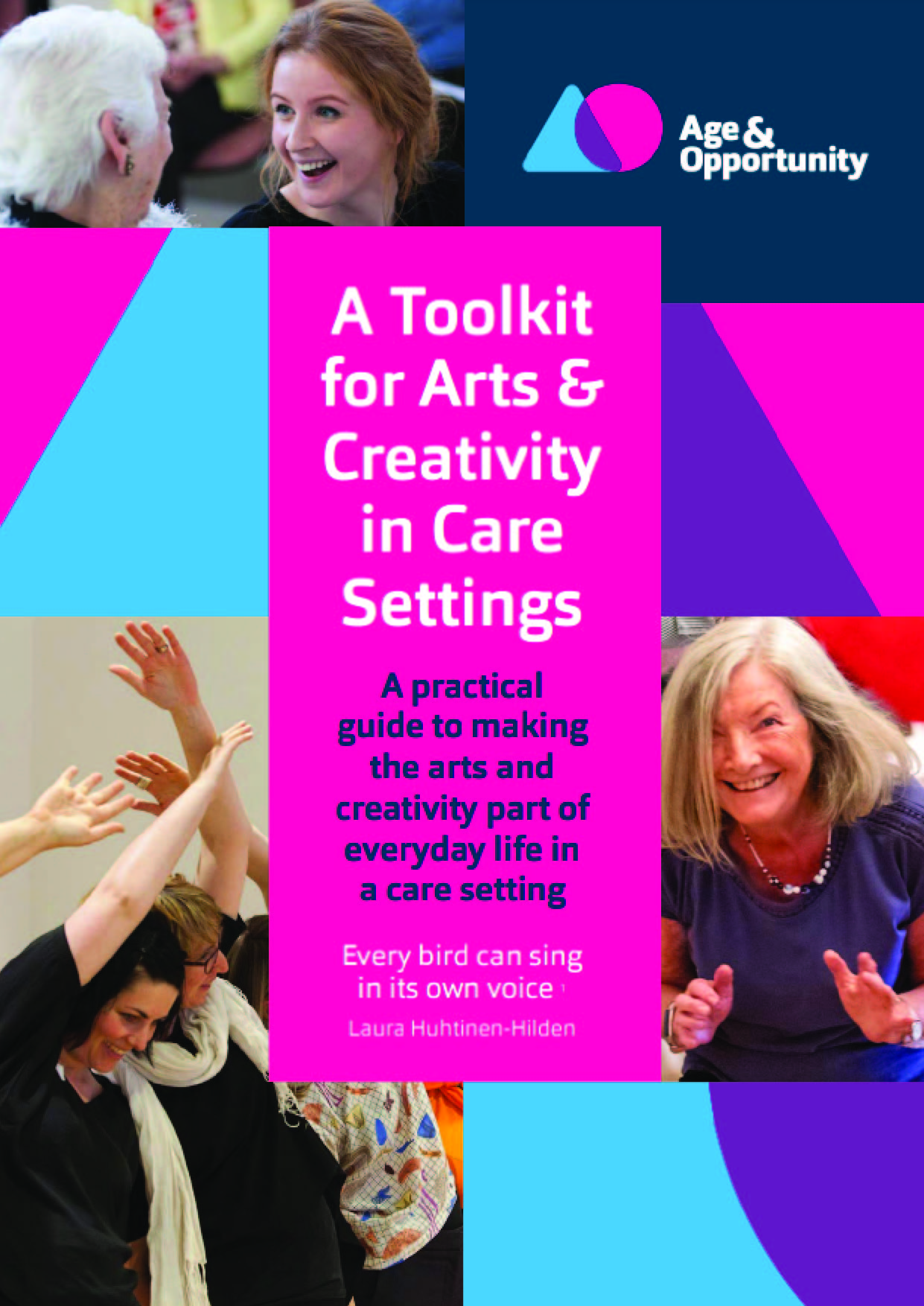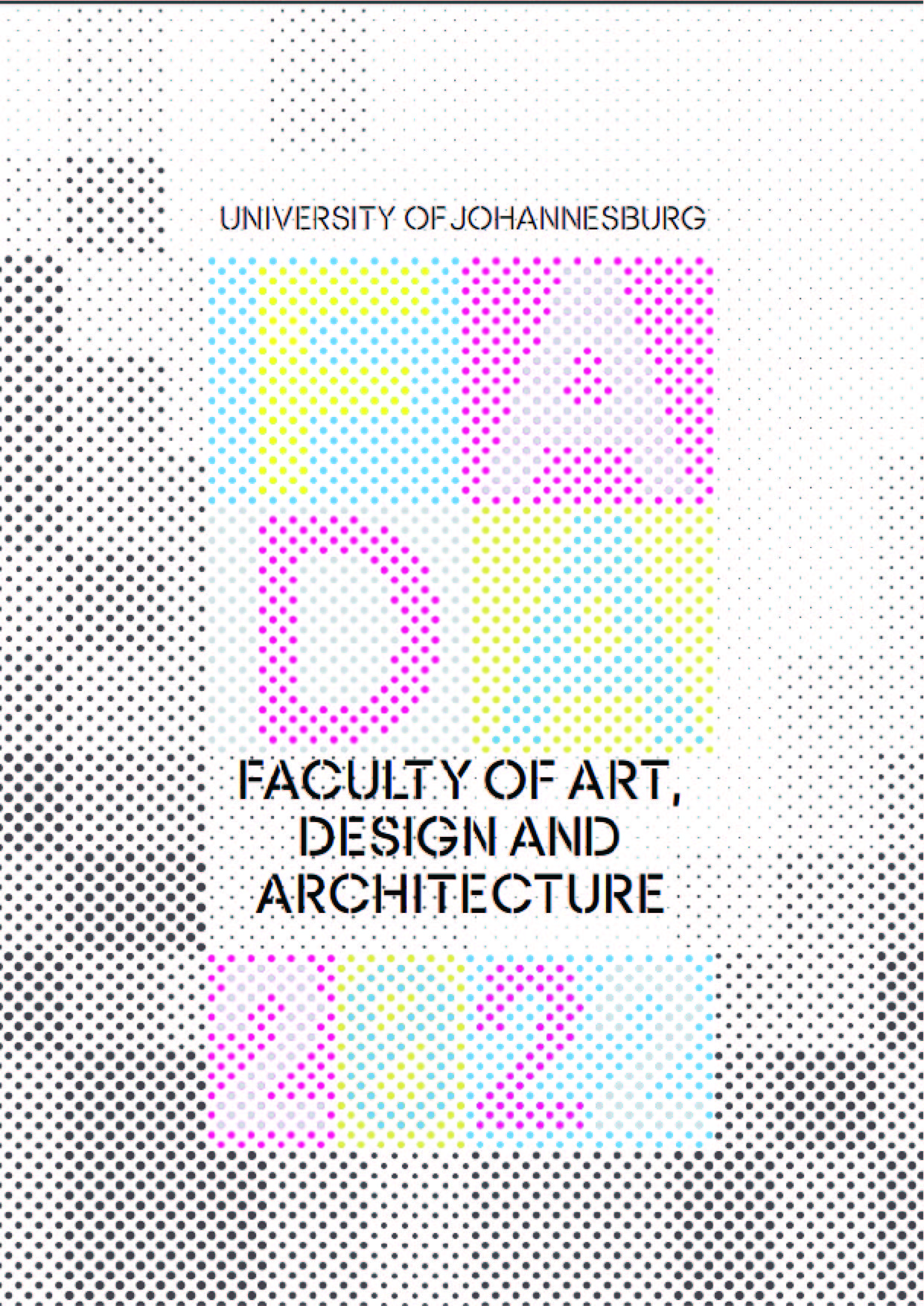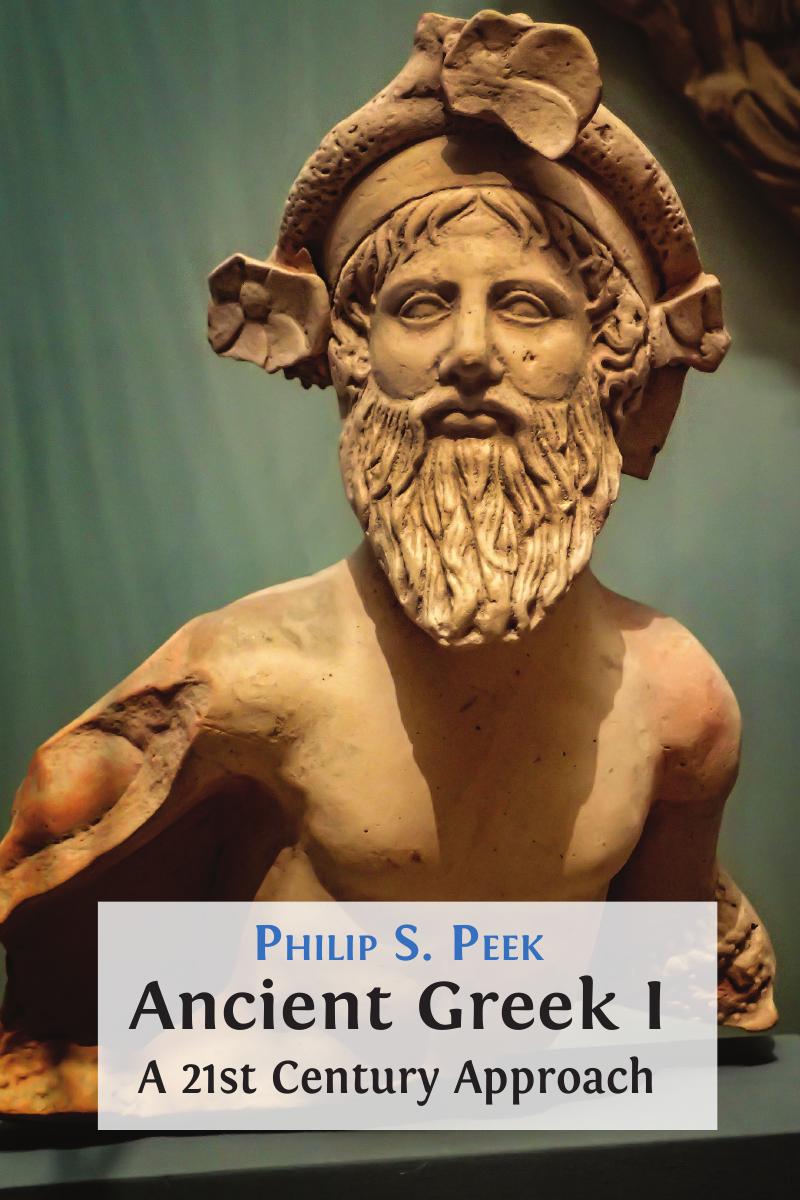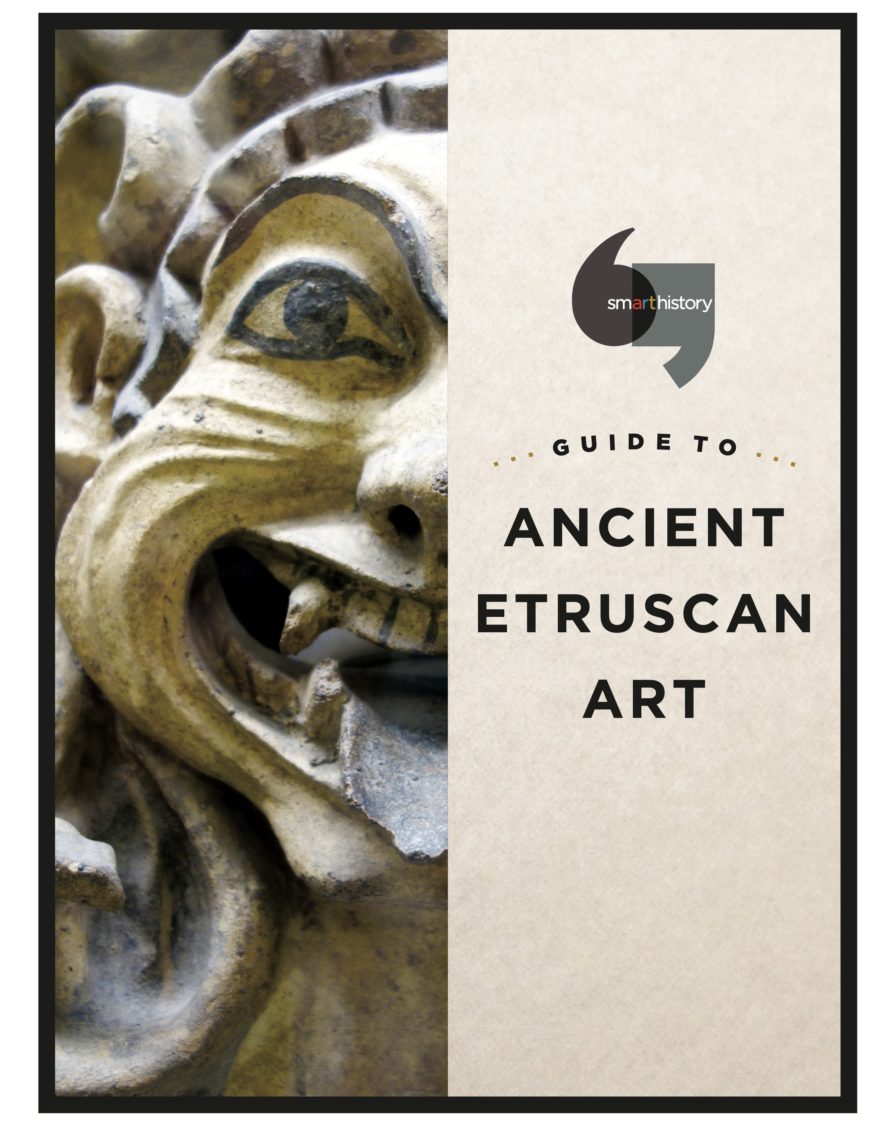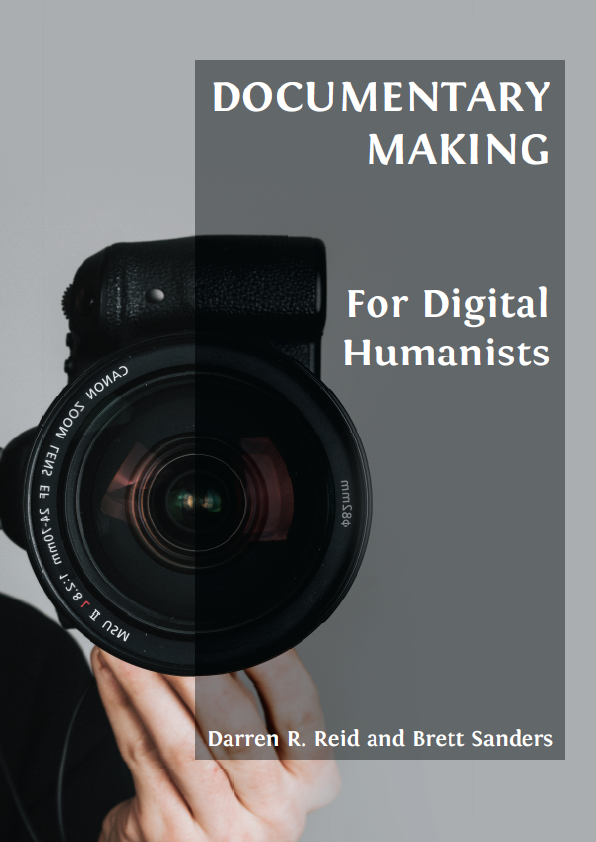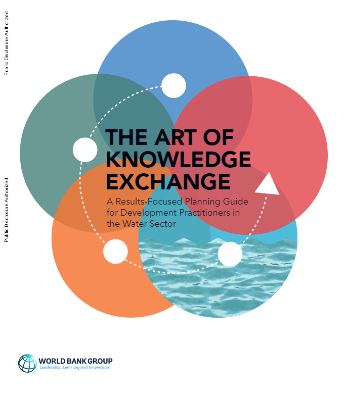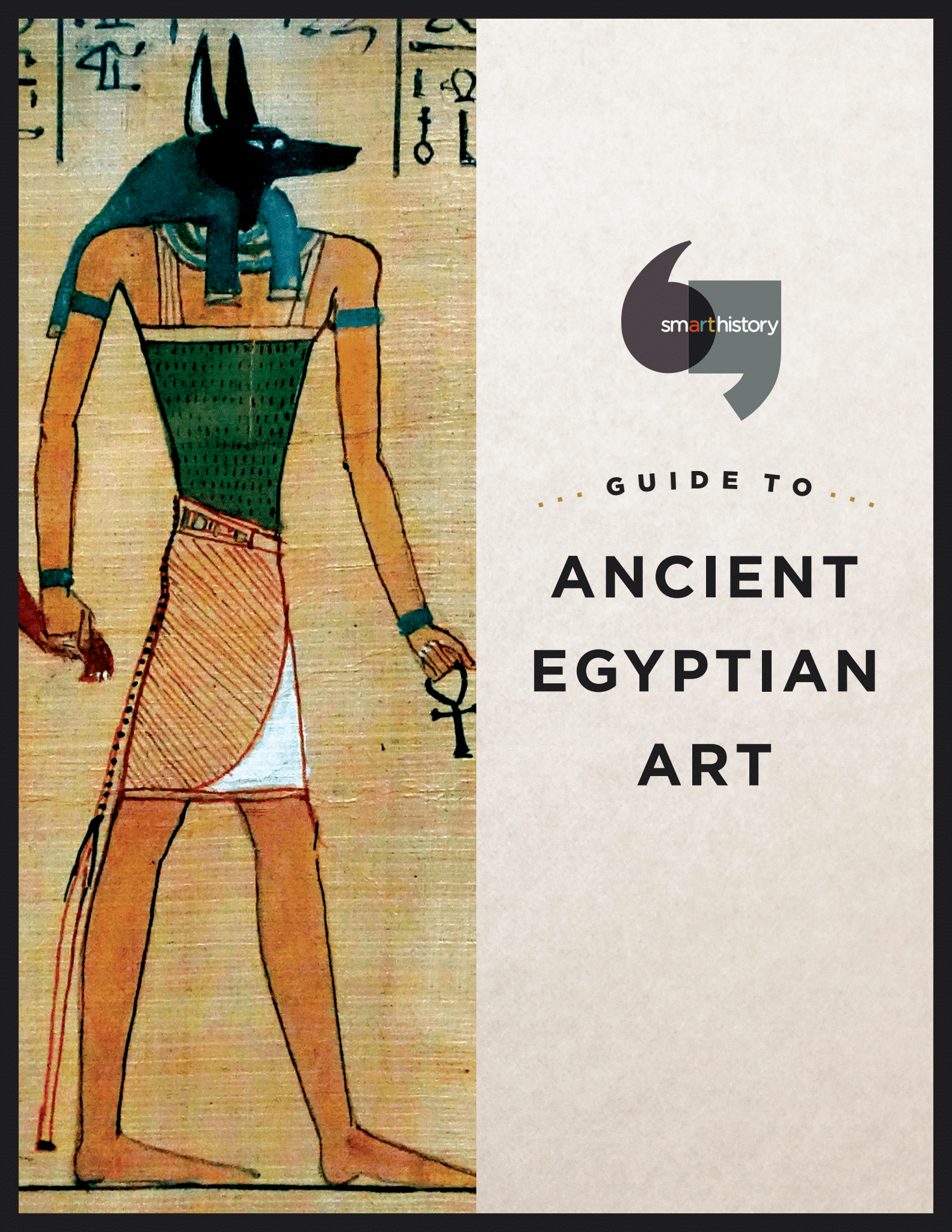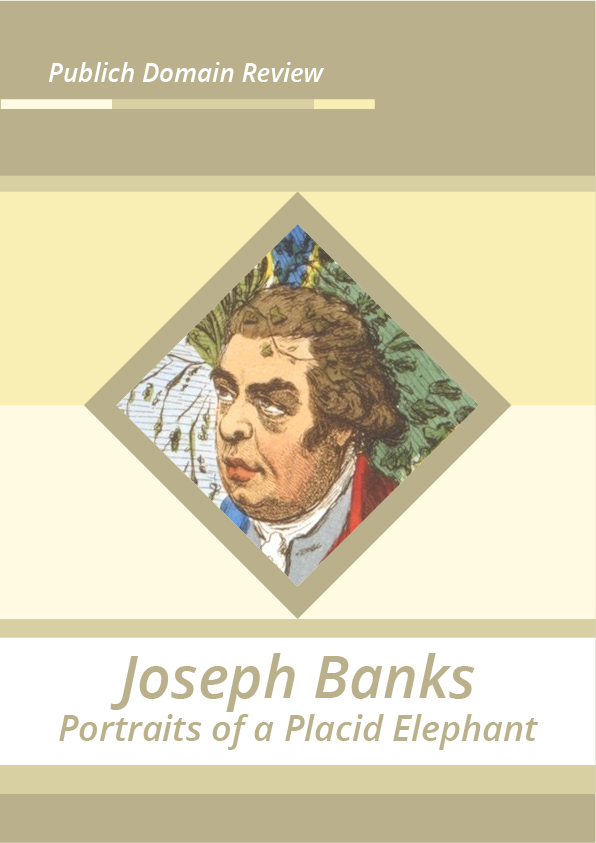Introduction
Artists are among Australia’s greatest assets – they play an invaluable role in our country’s culture, identity and workforce. They connect us, tell our stories and challenge us to experience different perspectives. They interpret our past, imagine our futures and reflect our humanity. The vast majority of Australians agree that artists make an important contribution to Australian society and are proud when Australian artists do well overseas. However it is increasingly challenging for many artists to make a living from creative work.
Key insights
Making Art Work: An Economic Study of Professional Artists in Australia highlights a number of issues and questions about current and future working conditions for artists.
Can artists earn a living from creative work?
It is increasingly difficult for artists to make a living from their creative work, which is at odds with the increasing personal value Australians place on the arts, and the significant economic, social and cultural impact they have on our communities. Average total incomes for artists remain 21% below the Australian workforce average, and income from creative work has decreased by 19% over the last seven years. Disparities also remain between different groups of artists. Almost eight in ten artists mix their creative practice with other work, in arts-related roles and outside the arts. Some of this involves applying creative skills in other industries, which presents opportunities for arts practice to take new and varied forms.
Views from artists
Abdul-Rahman Abdullah’s practice explores the different ways that memory can inhabit and emerge from familial space. Working primarily in sculpture and installation, Abdullah’s own experiences as a Muslim Australian of mixed cultural heritage provide a starting point for his celebrated work.
For over 40 years Australian violinist, improviser, composer, inventor, and writer, Jon Rose has been at the sharp end of experimental, new and improvised music on the global stage. He has appeared on more than 100 albums, radiophonic and media works, collaborating with many mavericks of new music.
Part 1: Australian Artists Now
Artists are as complex and varied as the work they create, which can defy classification or definition. However, defining the role of professional artists to track their working conditions and identify challenges and opportunities for artist careers, helps to ensure the continued benefits of artists’ work to culture and society.
Many conditions have remained consistent for Australian artists over the last 30 years: low incomes, the combining of creative practice with other work and the predominance of freelancing and self-employment. Disparities around income and representation remain, based on gender, cultural background and disability. Arts organisations and other businesses, and a range of funding bodies across all levels of government, continue to provide vital support for creative work.
There also have been some key shifts in the seven years since practising professional artists were last surveyed. Cost of living pressures experienced across the community are felt keenly by artists. Total income levels have gone backwards in real terms, driven by a decrease in income from creative work. Lack of income from creative work is now the biggest perceived immediate barrier to professional development, replacing lack of time. In this environment, artists are increasingly applying their creative skills outside the arts.
Professional Artists in Australia
Defining what it means to be an artist and capturing data about artists are challenges the world over, especially as the nature of arts careers evolve. National labour forcea statistics provide baselines, but are often not responsive enough to capture the breadth of ways in which artists work. Making Art Work focuses on ‘serious, practising professional’ artists, defined by the following:
- Serious: is based on a self-assessed commitment to artistic work as a major aspect of the artist’s working life, even if creative work is not the main source of income.
- Practising: refers to artists currently working or seeking to work in their chosen occupation.
- Professional: refers to a level of training, experience or talent and a manner of working that qualify artists to have their work judged against the professional standards of the relevant occupation.
A series of criteria were applied to identify a random sample of artists that satisfy this definition, drawing on memberships of arts organisations.
Most models2 used in Australia and around the world to map and quantify artistic occupations across the economy are based around a defined set of creative or artistic occupations and a broader range of cultural or arts-related occupations. They consider artists working within arts or cultural industries, and those embedded in other industries.
Do you want to explore more about this topic? Read through the book from the above.
